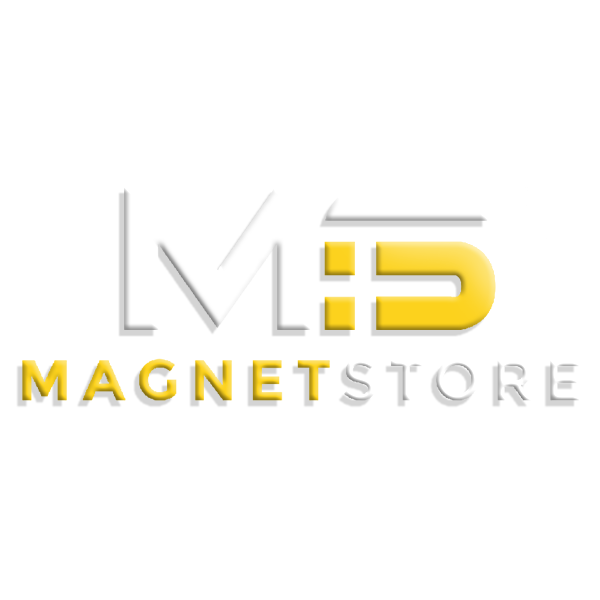A Complete Guide to Using Magnetic Hooks on Cruises
Cruise ship cabins, known for their limited space, typically feature only a few hooks for hanging items. This is where magnetic hooks become your best friend. These innovative accessories unlock a plethora of additional hanging spots and storage solutions – more than you probably realise! This is because of the little-known secret that the walls, doors and even ceilings of cruise ships are made from a metal that magnets attract to. With limited floors and counter space, you can utilize magnetic hooks, you can create a wealth of new storage locations, creating a tidier and more practical living environment.
Are Cruise Cabin Walls & Ceilings Magnetic?
Yes, most cruise walls and ceilings are made of ferrous metals and are therefore ferromagnetic. This means that magnets will be attracted to them. This is because most stateroom exoskeletons are built outside the main cruise ship building and then slotted together later in the construction process. Each exoskeleton is made from steel cabin frames, which makes the overall build of the rooms much quicker and simpler.
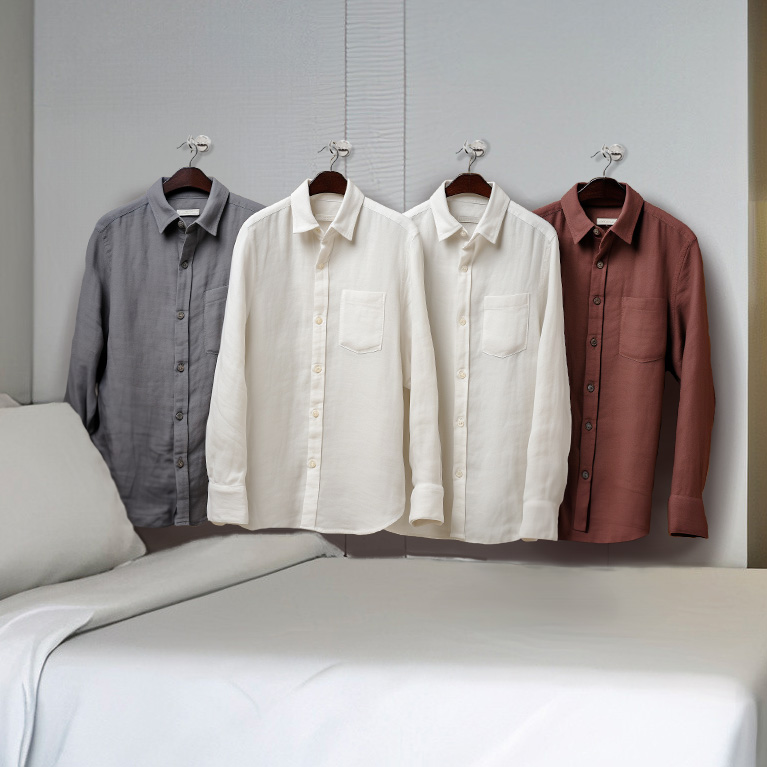
Top 5 Uses for Magnetic Hooks on Cruises
1. Effortless Hanging Solutions
You’ve just boarded your cruise ship and arrived in your cabin, with your luggage conveniently delivered to your door. Now, it’s time to unpack. However, you soon realise there’s a limited number of hangers in the closet, leaving you to ponder where to store all your belongings. Without proper storage, your items might end up spending the week in your suitcase, tucked away under the bed or pushed to the back of the wardrobe. This is where magnetic hooks prove invaluable. They offer a brilliant solution for hanging a variety of items – be it robes, clothes, umbrellas, cameras, swimsuits, or light jackets, ensuring everything finds its place during your stay.
2. Keeping Important Paperwork at Your Fingertips
Navigating through the huge array of activities and excursions a cruise offers requires a well-organised approach. This is especially true when it comes to keeping track of your daily itinerary and the details of those excursions you’ve been looking forward to for months. A tidy and effective method to ensure these important documents are always accessible is by utilising magnetic hooks. Positioned strategically within your cabin, they provide a convenient spot to hang your paperwork, making it simple to grab and go as you embark on your day’s adventures.
3. Drying Wet Clothes
Magnetic hooks, conveniently usable on bathroom ceilings, offer an excellent solution for hanging items to dry. Lightweight items, like swimsuits, can be securely hung in the bathroom, eliminating the risk of them being blown away if left on the balcony. This approach also prevents moisture build-up in the cabin by containing the drying process to the bathroom, which is designed to handle water, unlike the main cabin area.
4. Organising Your Essentials
How often have you been about to leave your stateroom, only to realize you don’t know where your ship card is? Or forgotten where you left your sunglasses? By installing a magnetic hook on the back of your stateroom door, you can keep your essentials in a designated spot, ensuring you never find yourself locked out again. Simply attach your ship card to a lanyard and hang it on the hook behind the door.
5. Your Very Own Make-shift Dividers
In the compact environment of a cabin, creating distinct areas can be challenging, especially when some occupants wish to sleep while others prefer to stay awake. Utilising magnetic hooks on the ceiling to hang a lightweight curtain can effectively partition the cabin, facilitating private spaces within its confined quarters. This setup enables one to read late into the night while ensuring their partner remains sound asleep and undisturbed.
Magnetic Cruise Hooks: Essential Tips
- Should your magnetic hooks not adhere as strongly as needed, or if their pull force seems overly robust for your needs, remember to experiment with different surfaces around your cabin. Some areas, like those within the bathroom, might not be as magnetically receptive as other parts of your stateroom.
- Careful placement of your hooks is crucial to avoid accidents. Ensure they’re positioned away from any walkways to prevent bumping into them.
- Be mindful of objects nearby, such as ceiling sprinklers or wall-mounted sensors. Strong magnets can interfere with sensor functions, so it’s vital to choose your hook locations wisely to avoid any issues.
- Remember to pack your hooks at the end of your journey. They’re easy to forget when tidying up your belongings but essential to take home for your next adventure.
Choosing Your Magnetic Hook For Cruise Travel
Choosing the right strength for your magnetic hooks is crucial, though it may seem straightforward. Here are key factors to consider:
Direction of Pull: Surprisingly, magnetic hooks are more effective on ceilings than on walls due to the direct pull force against the magnet, as opposed to a sliding motion. On walls, expect the magnet’s power to decrease by 20-35%. For heavier items, this might cause the hook to slide rather than securely hold.
Wall Material: The thickness and material of the wall covering between the magnet and the magnetic surface also play a significant role. Cruise ship walls often have decorative layers that diminish the magnet’s strength. Smooth surfaces further reduce friction, increasing the likelihood of slipping. Therefore, opting for a magnet stronger than you initially think you need, or selecting various sizes, can ensure you meet all your hanging needs on board.
Swivel Hooks
Swivel hooks boast a flexible design with a head that can rotate 360 degrees and a hook that pivots 180 degrees, offering remarkable versatility for different hanging needs. This adaptability makes them suitable for a variety of surfaces and orientations, allowing for efficient use of space. They are typically available in an array of colours and styles, enhancing their appeal. While more compact and less prone to causing obstructions, they may not offer the same level of durability as fixed hooks.
Pros:
- Versatility: The 360-degree rotating head and 180-degree pivoting hook allow for optimal positioning, making them adaptable to almost any space on a cruise ship.
- Space Efficiency: Their ability to fold or rotate away when not in use minimises space usage, a significant advantage in small cabin spaces.
- Aesthetic Variety: Available in multiple colours and styles, offering customization to match cabin decor or personal preference.
Cons:
- Reduced Durability: While versatile, they may not withstand the weight of heavier items over time as well as fixed hooks, particularly in the moving maritime environment.
- Risk of Malfunction: The moving parts are susceptible to wear or damage, potentially compromising their utility, especially with the frequent adjustments needed in a dynamic cabin environment.
Fixed Hook
Fixed hooks are characterised by their solid, unmovable design, making them exceptionally sturdy and reliable for heavy-duty use. They are ideal for hanging items that require a stable support, such as coats, backpacks, and large towels. However, due to their non-adjustable nature, they can be less versatile in tight spaces where protrusion becomes an issue.
Pros:
- Durability: Built to last, making them suitable for hanging heavier items without concern for wear and tear, essential for the constant movement on a cruise ship.
- Stability: Their sturdy design ensures items remain securely in place, critical in the potentially swaying conditions aboard a ship.
- Ease of Use: Simple design means no adjustments needed, offering straightforward functionality for passengers.
Cons:
- Space Consumption: Can protrude into limited cabin space, potentially becoming a hazard in the already compact living quarters.
- Lack of Flexibility: Fixed position limits their utility to certain angles and positions, not ideal for the varied layouts of cruise ship cabins.
Are There Any Risks To Using Magnets?
Magnetic hooks bring a wealth of benefits, yet it’s crucial to be aware of their interactions with other items. Strong magnets can influence electronics and the magnetic strips on credit cards. For this reason, we recommend carefully packaging your magnets and maintaining a safe distance from such sensitive items during your travels. Additionally, it’s advisable to check with your airline and other transport providers regarding their policies on travelling with magnets, as regulations can vary.
Particular caution should be exercised by individuals with pacemakers or other medical devices, due to the potential interference from magnetic fields. Consulting with a healthcare professional on safe handling practices is essential.
Furthermore, handling strong magnets like those made of Neodymium requires care to avoid trapping hands or pinching fingers, given their powerful magnetic force. Small magnets also pose a swallowing hazard and should be kept out of reach of children.
To avert any damage to cruise ship interiors, always use a layer of soft fabric or material between the magnet and the surface. This simple measure ensures your cabin’s decor stays unmarked and scratch-free, maintaining its pristine condition.
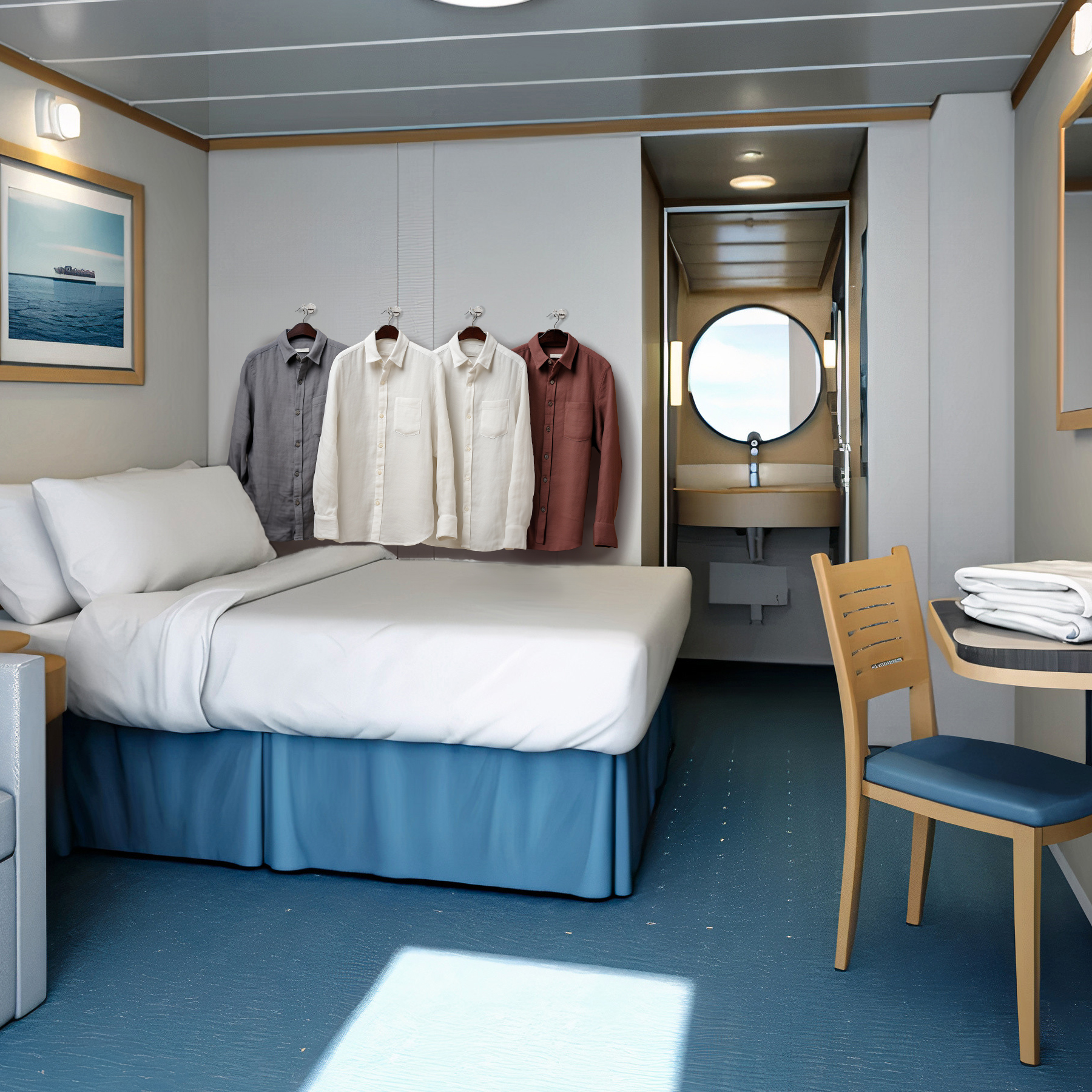
Purchasing Magnetic Hooks For Your Cruise
Ready for your next maritime adventure? Don’t overlook the convenience of magnetic hooks. Whether you prefer mixed-size packs for versatility or same-size packs for consistency, you can find them at the Magnet Store. Ensure you’re equipped with this essential accessory for a streamlined and organised cabin experience on your upcoming cruise.
-
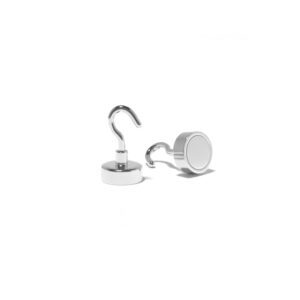
20mm Neodymium Hook Holding Magnet (12KG Pull)
£4.94 – £151.99 -
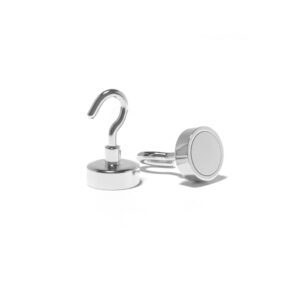
25mm Neodymium Hook Holding Magnet (23KG Pull)
£5.42 – £189.99 -
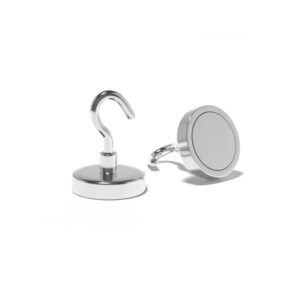
32mm Neodymium Hook Holding Magnet (34KG Pull)
£6.84 – £275.49 -
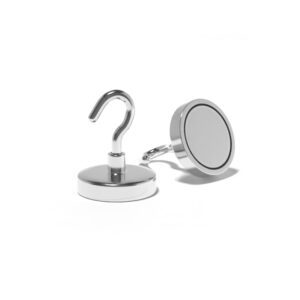
36mm Neodymium Hook Holding Magnet (50KG Pull)
£7.88 – £322.99 -
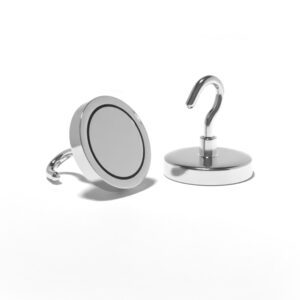
42mm Neodymium Hook Holding Magnet (72KG Pull)
£9.59 – £398.99 -

Magnetic Cruise Hooks Variety Pack (5 Hooks)
£18.99

